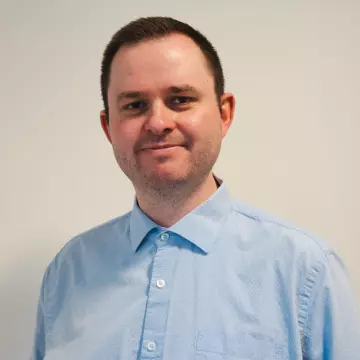
A feed target to chew over
Norway’s government wants to treble the proportion of local ingredients in salmon feed but that means finding 350,000 tonnes of extra resources per year
The production and transport of feed ingredients are a major contributor to the salmon farming industry’s carbon footprint, and in Norway – the world’s biggest producer of farmed Atlantic salmon – the government wants to treble the proportion of home-grown ingredients in feed.
But how realistic is that target?
That question was addressed by said Erik-Jan Robert Lock from research institute Nofima at the HavExpo event in Bergen this week, reports Fish Farming Expert's Norwegian sister site, Kyst.no.
Norway produces around 1.4 million tonnes of farmed salmon annually, and the sector uses 2 million tonnes of feed.
The composition of feed has changed over the last 20 years, with fish meal and oil now making up just 22.3% of a typical Norwegian salmon diet and much of the rest coming from plant material, a lot of which is imported, said Lock, research director at the department of nutrition and feed technology in Nofima’s aquaculture division.
92% from abroad
“We import ingredients from all over the world, including guar protein from India and fish oil from Peru. We actually import so much that a full 92% of the salmon feed comes from abroad,” Lock explained.
The government wants more of the feed produced from Norwegian resources and wants all feed to be from sustainable sources.
“It has been desired that we increase the proportion of Norwegian-produced feed ingredients from 8% to 25% in the next 10 years,” said Lock, adding that in order to achieve this goal the country must overcome a current shortfall of 350,000 tonnes of feed ingredients each year.
By comparison, 55% of the ingredients for feed for agriculture are produced in Norway today.
Great resources
“Norway is a major supplier in many other areas, and we have great resources. There is a big focus now in many research institutions on increasing the proportion of Norwegian raw materials,” said Lock.
Nofima has its own feed production facilities, and Lock sees all of the ingredients coming in.
“We see that there is a lot of focus on new ingredients, and a lot of testing, which is very exciting,” he said.
NCE Seafood, which is based in Bergen, has, among other things, put the spotlight on the opportunities that are possible in Norway.
Trees and tunicates
“There are a number of resources that can be harvested here in Norway, for example mesopelagic fish, red snapper, and krill. We also have grass and trees, which we can use. Then we can grow ingredients such as insects, tunicates, mussels, and kelp,” said Lock, adding that there is great potential in animal by-products.
“There is a lot of residual raw material from the fisheries which today expires, but which should be kept. There is great potential there that we absolutely have to tap into if we want to achieve our social mission,” said Lock.
But at the same time, he emphasises that the consumer must want it, and be willing to pay for it.
“It is not necessarily the case that an ingredient in Norway will be cheaper than, for example, soy protein concentrate. But there is now a new wave of consumers who are more concerned with sustainability,” he concluded.
























































